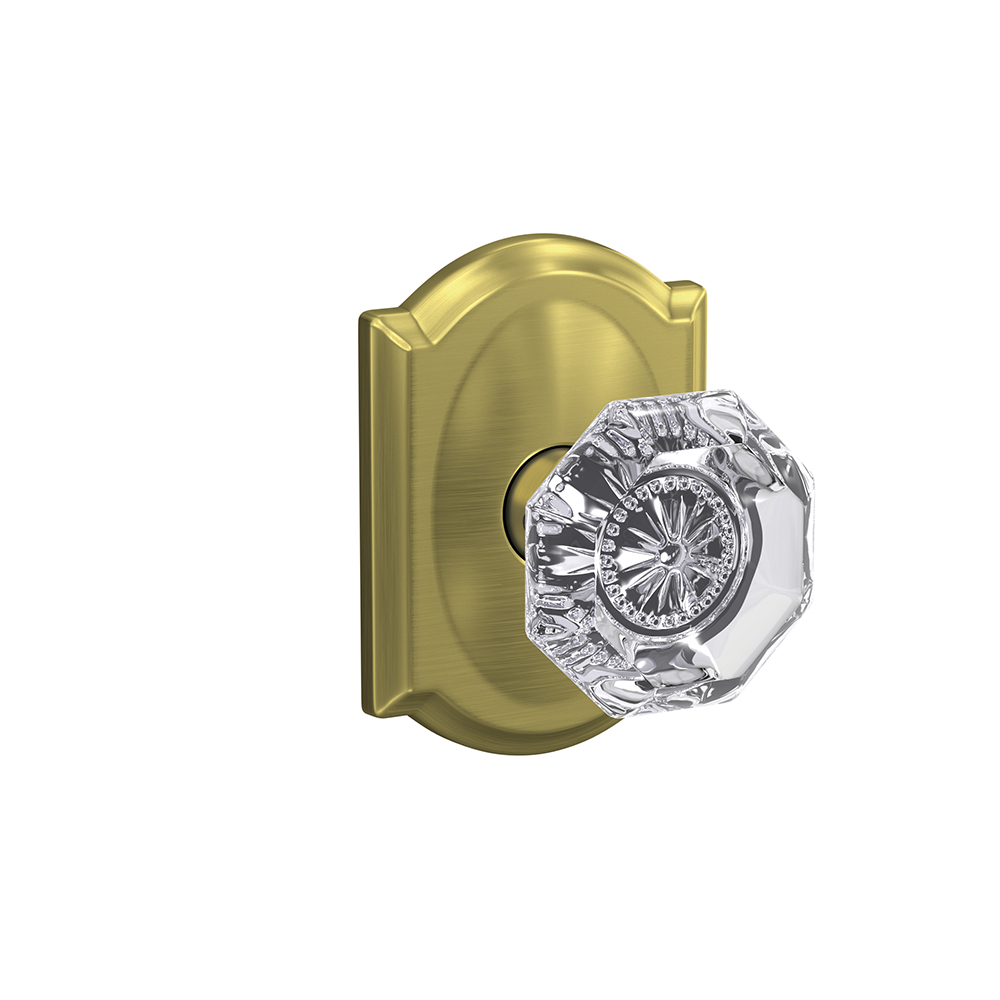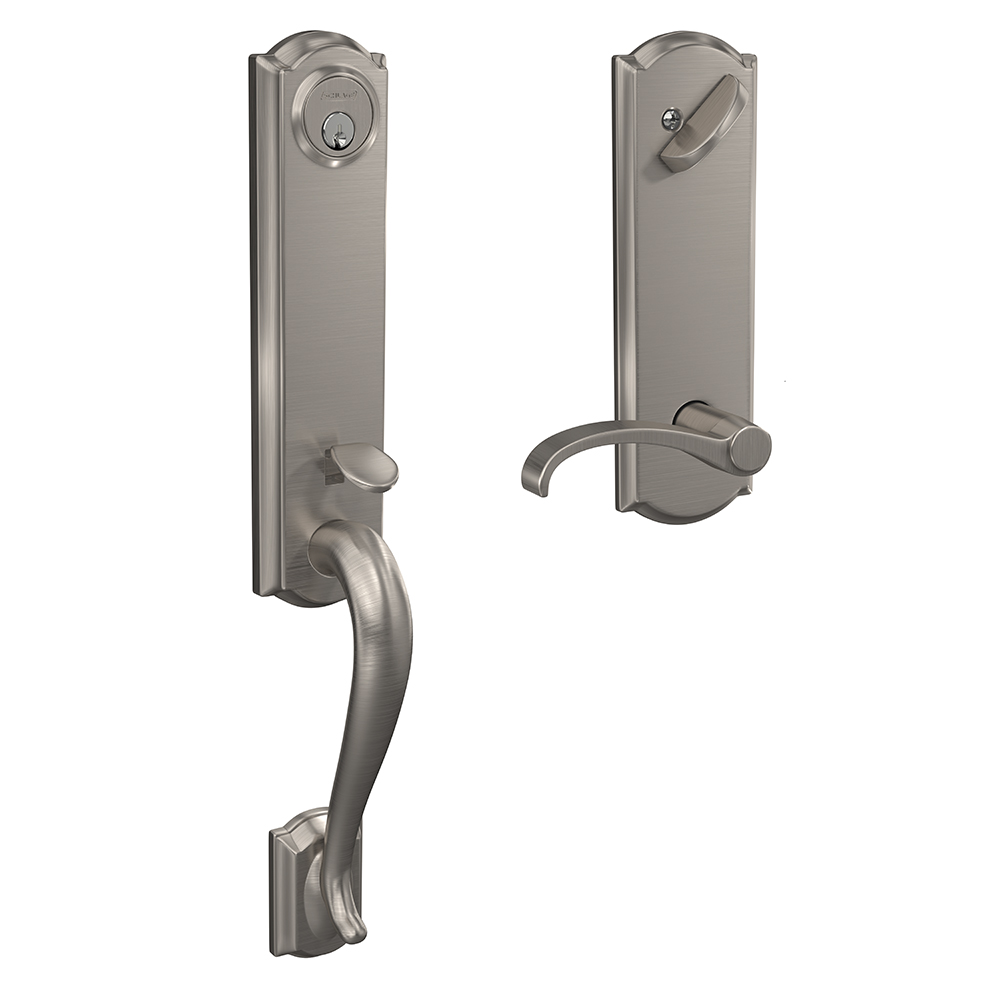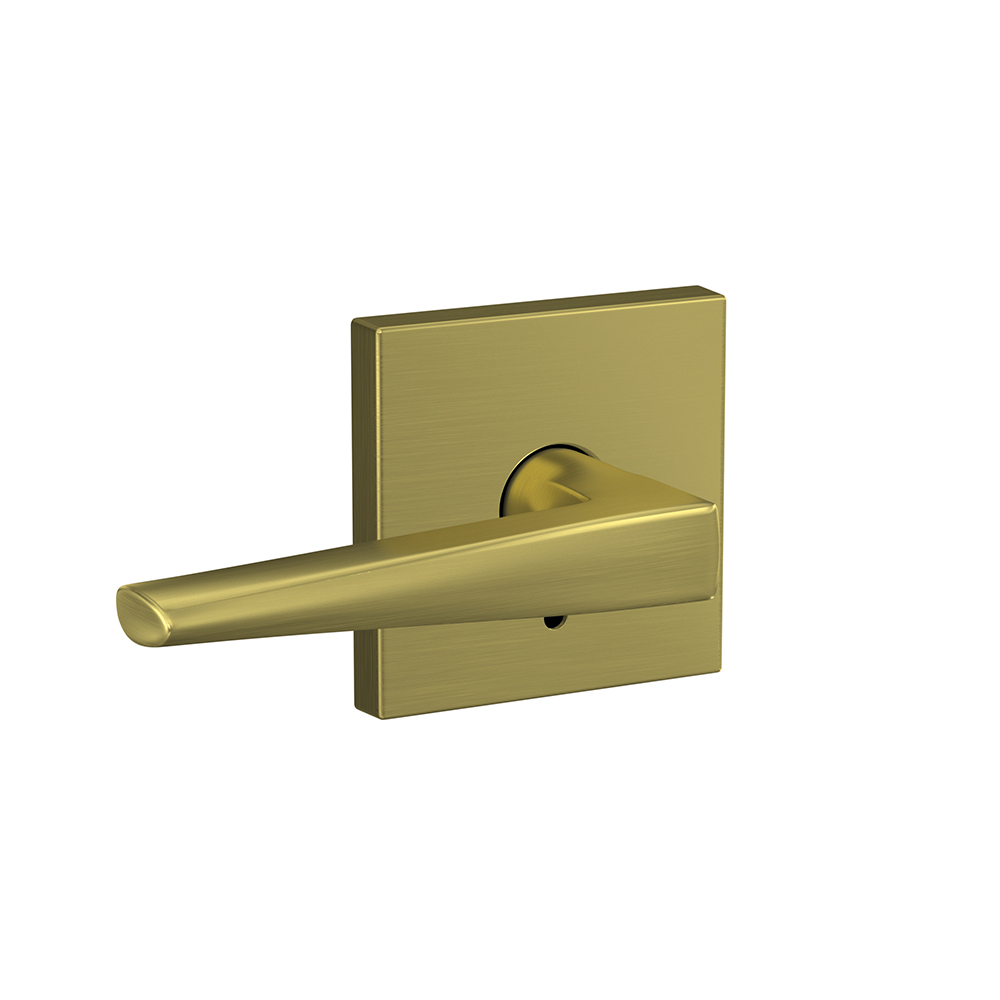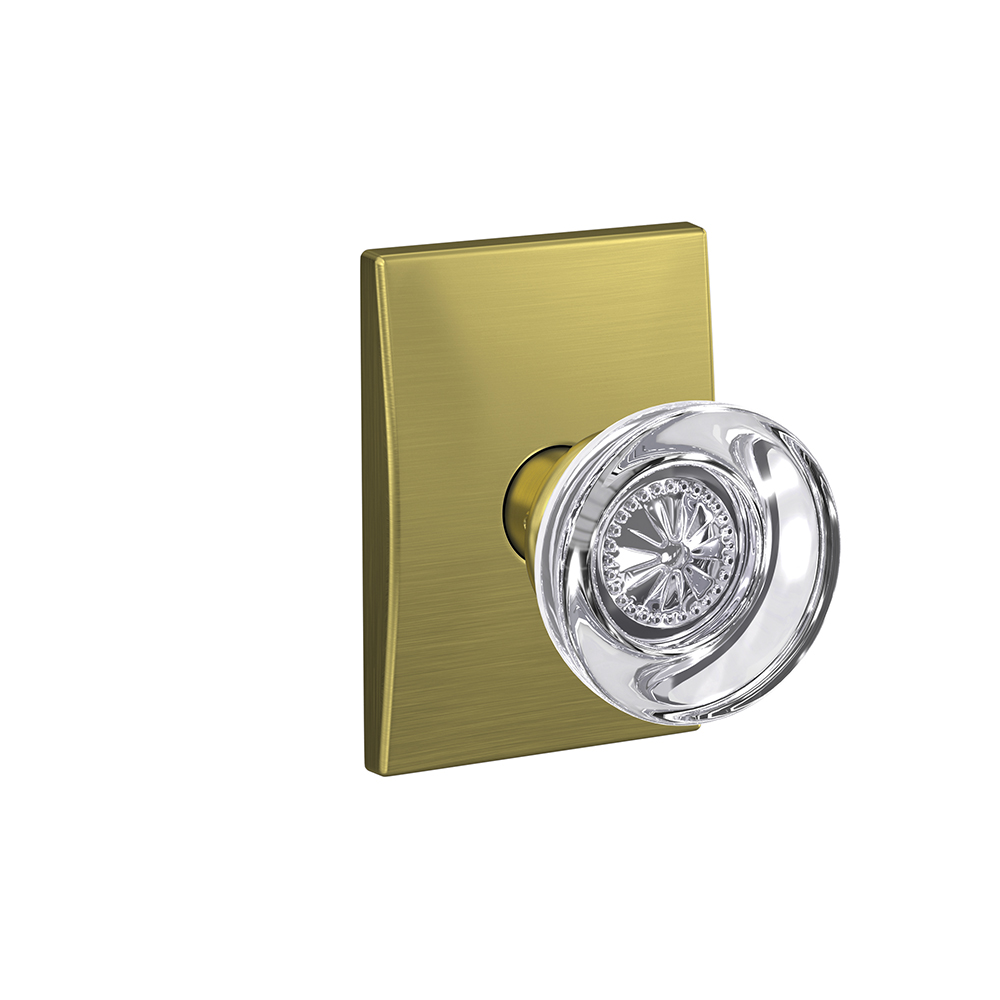How to DIY your way to sustainable curb appeal.
Tuesday, May 12, 2020
With the growing interest in finding sustainable living alternatives, Schlage offers you five environmentally friendly tips to make this year’s garden your greenest and most gorgeous yet.
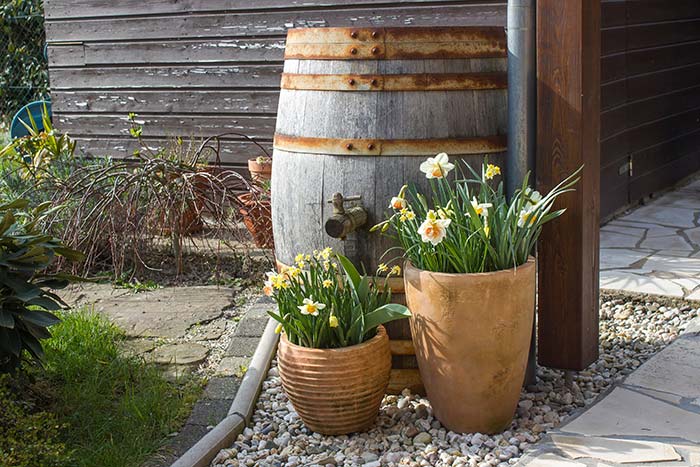
Go native
When you’re planning your garden this spring, include plants found naturally in your area. Why is it so important to plant native species in your yard? Native plants typically require less fertilizer, pesticides and water as they’re adapted to thrive in your environment. They also help reduce soil erosion and flooding. In addition to looking lovely, native plants provide plenty of food, seeds and shelter for pollinators, insects, birds and other local wildlife.
Find inspiration for your DIY and upcycled planters on our blog, nine budget-friendly spring porch décor ideas.
“Bee” friendly
When bees are in danger, it puts our whole ecosystem at risk. We need these pollinators to keep plant populations, especially food crops, varied and strong. You can make your garden bee-friendly in a number of ways beyond simply planting flowering vegetables and fruits, which are especially attractive to our little honey producers. It turns out that bees can get dehydrated, so place small dishes of water around your garden or add stones to a bird bath for them to land on while they sip. Go the extra step with a DIY bee house with this step-by-step guide from Dukes & Duchesses. Happy bees lead to happy gardens.
Chase the rain
An excellent way of reducing your environmental footprint is by using less water, and being smart about water conservation in the garden can make a monumental difference. Those native plant species we talked about often require less irrigation. Even so, our gardens might need a bit of extra help. That’s where you can use a rain barrel to collect rain runoff for future use. DIY options can be as simple as a plastic garbage can, but that won’t do much for your spring curb appeal. For a rain barrel that actually contributes to your outdoor décor, try HGTV’s tutorial for a rain barrel that uses wood slats.
Let it soak in
When we cover the ground in concrete, we limit the amount of water that can reach the soil. We also redirect the natural flow of water, possibly leading to erosion. Spread gravel, smaller stones or decomposed granite between garden pavers to limit damage from rain runoff. If it makes sense for your home, you might choose these materials for your driveway as well. Learn how to install a beautiful stone path from HGTV.
Break it down
Whether you use it for yard waste or kitchen scraps, a home compost bin has many benefits. But compost for curb appeal? With time, you’ll get a natural fertilizer and mulch that make for healthy plants and a vibrant garden. Compost bins also attract local wildlife –earthworms, frogs, lizards – that add to your garden ecosystem. Plus, just think of all the waste that won’t go in the landfill.
Like rain barrels, there’s a wide range of options for DIY compost bins. You can call that 32-gallon trash can into service again use these instructions for a wooden compost bin that looks more sophisticated.
You don’t have to design a passive house or convert your car to run on cooking grease to positively impact the environment. Any small step, like upcycling old door locks or reducing food waste with better storage, helps. Follow us on Pinterest for more green DIY ideas.





